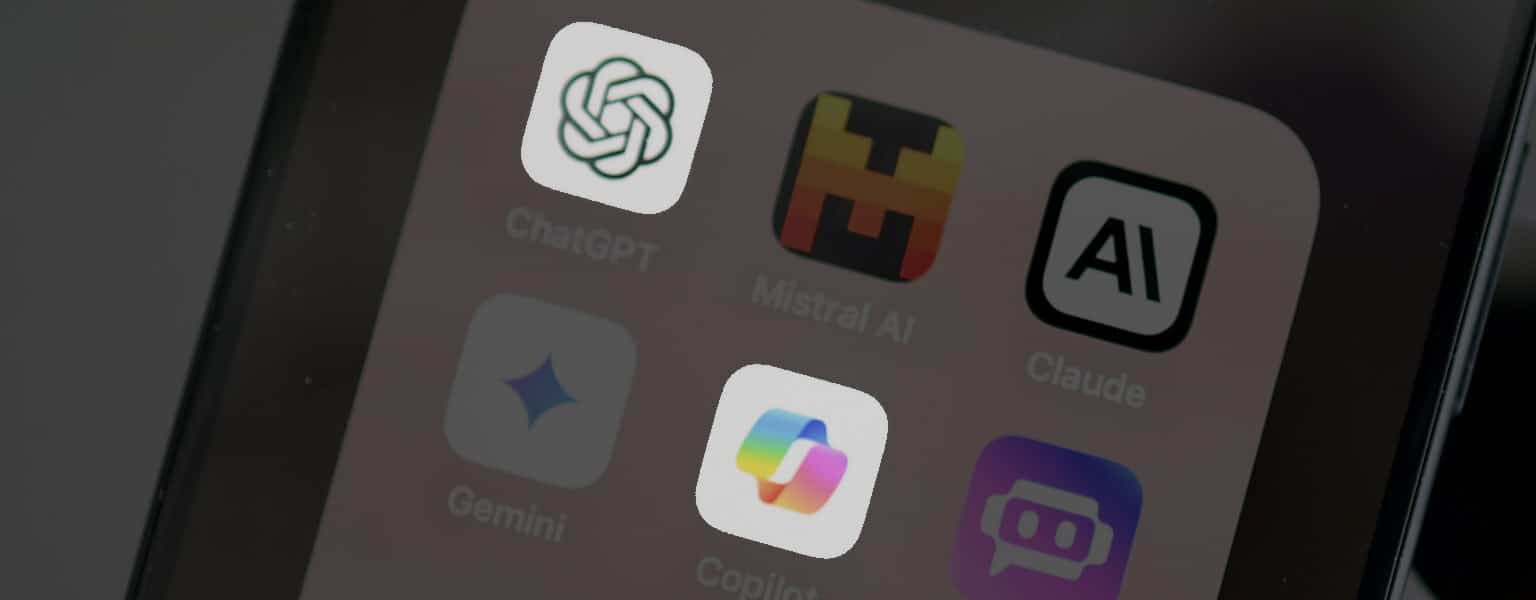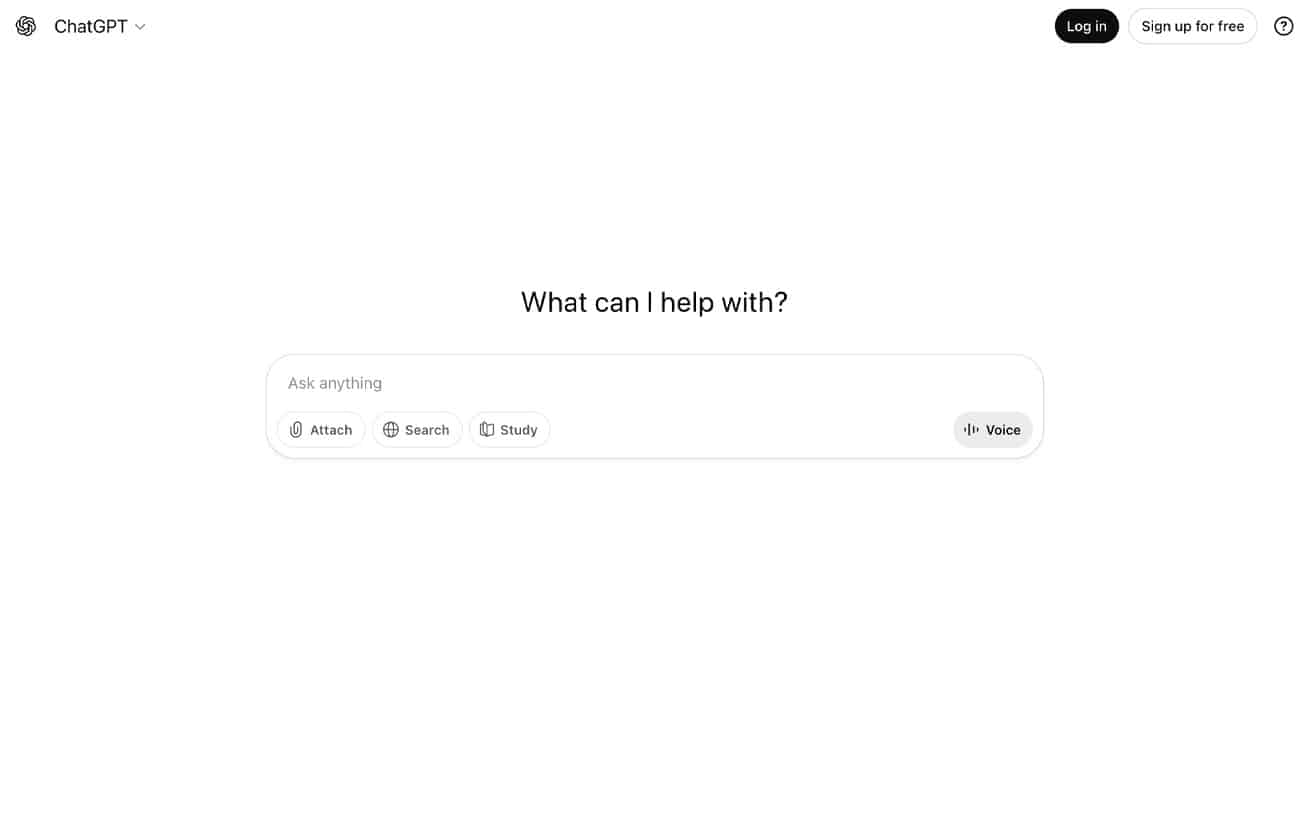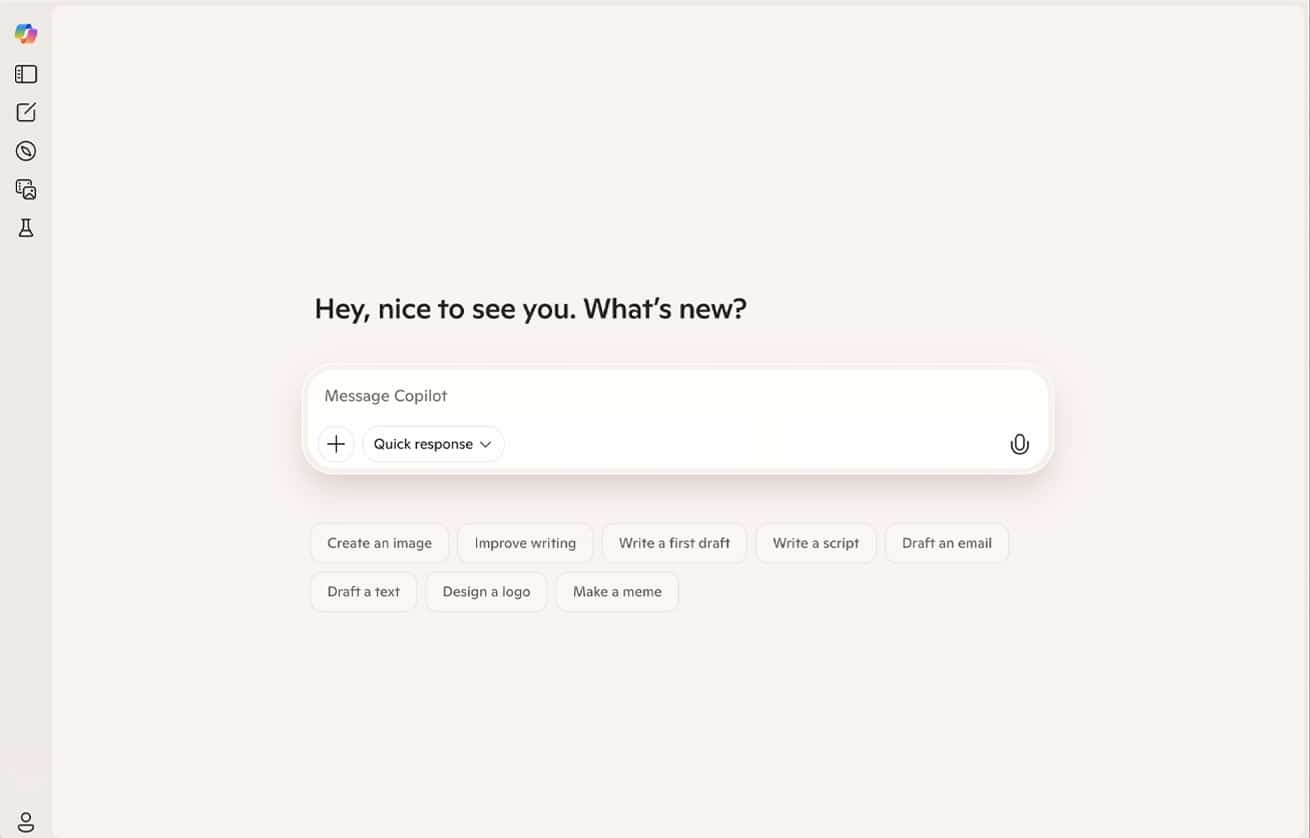What Is the Difference Between ChatGPT and Copilot?
Contents
Key Takeaways
The core differences between ChatGPT and Microsoft Copilot, including how each tool processes information and integrates into workflows.
Which tool better fits small and mid-sized businesses (SMBs) seeking productivity, automation, or customer support efficiency.
Data privacy, security, and compliance considerations that come with using generative AI at work.
Pros and cons of each platform—and why some teams use both.
You’ve likely seen both ChatGPT and Microsoft Copilot in headlines, demos, or your coworker’s Slack messages. But are they the same kind of AI, or entirely different teammates? The distinction matters—especially for small and mid-sized businesses (SMBs) trying to use AI safely, efficiently, and strategically.
ChatGPT excels in open-ended conversations, ideation, and content generation. Copilot is built to live inside the Microsoft 365 ecosystem, helping you with documents, emails, data, and business workflows within your existing environment. Let’s compare them side by side—so you can decide which (or both) makes sense for your business.
What Is ChatGPT?
ChatGPT is a conversational AI model developed by OpenAI, built to understand prompts in natural language and generate helpful responses.
- It’s accessible through web browsers, mobile apps, or integrated via API.
- OpenAI offers developer access via the Chat Completions API to embed GPT models into applications.
- The base free version responds using GPT-3.5; higher tiers use GPT-4, with more capabilities.
ChatGPT is great for drafting content, brainstorming ideas, summarizing text, or even acting as a tutor. But by default, it doesn’t automatically access your internal company files, unless you connect it via plug-ins or APIs.
What Is Microsoft Copilot?
Microsoft Copilot is an AI assistant integrated within Microsoft 365 apps like Word, Excel, Outlook, and Teams.
- It leverages Microsoft’s existing security posture and compliance controls to handle business documents and workflows.
- Copilot’s data access is scoped to what users and their roles already have permission to view. It doesn’t bypass Microsoft’s identity and access controls.
- Microsoft employs data protection strategies—encryption, isolation, prompt injection defenses, and strict compliance boundaries—to preserve confidentiality.
In short: Copilot lives where your work lives. It knows your data context, while respecting the security rules you already have in place, which makes Copilot relatively safe.
Key Differences Between ChatGPT and Copilot
Use Case & Integration
- ChatGPT is best when you want open-ended creativity or broad usage—generate content, ask general questions, or prototype ideas.
- Copilot focuses on productivity: auto-drafting emails, summarizing documents, building spreadsheets—all inside Microsoft apps.
Data Access & Privacy
- ChatGPT (Free/Plus): Inputs you provide may be used to train models unless you’re using enterprise or custom settings.
- Copilot/Microsoft 365 Copilot: Data is protected using the same security, compliance, and governance as Microsoft 365, including enterprise data protection (EDP).
- Copilot only reveals content you already have permission to see—so sensitive documents remain protected.
Security Controls & Compliance
- Copilot implements multiple layers of defenses: prompt filtering, identity enforcement, and compliance alignment.
- Copilot’s security model includes tenant-level isolation, encryption at rest and in transit, and uses Microsoft’s compliance tools such as Purview.
- Copilot supports compliance with HIPAA, GDPR, and other regulations when configured properly under Microsoft’s enterprise contracts.
Licensing & Cost
- ChatGPT has a free tier and a subscription model (e.g. “Plus”) for advanced features.
- Copilot typically requires a paid Microsoft 365 license plus a Copilot add-on; its costs are enterprise-grade, aligned with productivity features.
Is ChatGPT or Copilot Better for SMBs?
The truth: you don’t have to choose just one. Each excels in different roles. Let’s look at pros & cons.
ChatGPT: Pros and Cons
Positives
- Highly flexible and available anywhere
- Excellent for ideation, creative writing, summarization, and learning
- Easy to adopt and experiment with at a low cost
Negatives
- Limited integration with internal systems unless customized
- Potential data exposure risks when sharing sensitive content
- Lacks built-in business context or document awareness
Copilot: Pros and Cons
Positives
- Seamless integration with Microsoft 365 apps
- Enterprise-level security, compliance, and governance built-in
- Automates repetitive tasks and helps surface relevant internal data
Negatives
- Requires proper permission hygiene—if your access model is too loose, Copilot could surface extra content
- Higher per-user licensing costs
- Less flexibility outside the Microsoft environment
Many SMBs use ChatGPT for idea work (blogs, marketing concepts) and Copilot for their daily business workflows.
Security & Data Privacy Considerations
When deploying either tool in a business, security must be front and center.
- With ChatGPT, avoid pasting sensitive or regulated content into free tiers. Use enterprise versions where inputs are not used to train models.
- Microsoft Copilot’s design ensures prompts and responses are logged for audit and operate within Microsoft’s access control system.
- Copilot also includes defenses such as prompt filtering, ignoring junk or external chat content, and enforcing identity-based access controls.
- You should still follow security best practices: restrict admin roles, apply least privilege access, label sensitive data, and monitor usage and anomalies. Documentation from Microsoft recommends these for safe adoption.
Choosing Between ChatGPT vs Copilot
ChatGPT and Microsoft Copilot are not opponents—they’re complementary tools. Use ChatGPT when you want unlimited creativity or exploration. Use Copilot when you want productivity, context, and governance inside Microsoft apps.
At Kelley Create, we help SMBs pick, deploy, and govern AI tools in ways that drive value and protect data. Want to talk through which assistant fits your team—or how to use both safely? Let us know.
FAQs
-
No. ChatGPT is a standalone conversational AI by OpenAI, while Copilot is embedded within Microsoft 365 with tighter document and data integration.
-
Not by default—unless you connect it via an API or plugin. Copilot, however, respects existing permissions and can interact with your documents directly.
-
Microsoft Copilot generally offers more built-in protections due to its integration within the Microsoft 365 ecosystem. Enterprise ChatGPT also adds stronger privacy controls, but it depends on configuration.
-
Yes—many leverage ChatGPT for ideation and Copilot for execution. Using both gives you flexibility and depth.
-
Yes, ChatGPT offers a free tier. Paid versions (like ChatGPT Plus or Enterprise) unlock advanced capabilities and better privacy options.





